Today on the BWL website I blog about my fall writing plans. https://bwlauthors.blogspot.com/
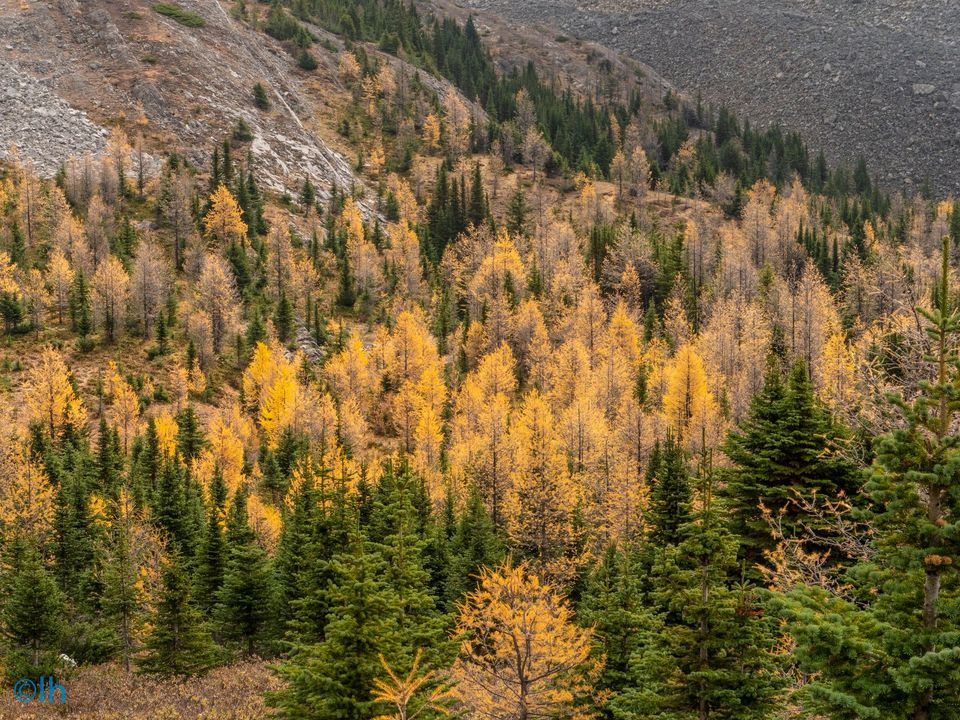

Today on the BWL website I blog about my fall writing plans. https://bwlauthors.blogspot.com/
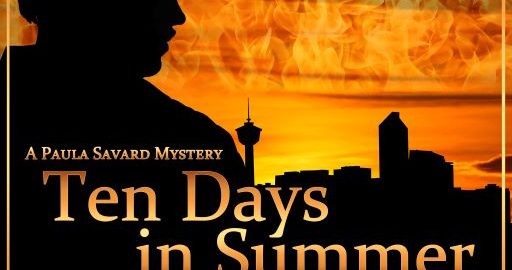
My publisher BWL was awarded funding under their CBF Accessible Audiobook application to produce a group of audiobooks. They’ve chosen my novel, Ten Days in Summer, to be one of the books. This is exciting new territory for my Paula Savard Mystery Series. BWL has found a narrator — Janice McNally. She’s from Ontario and has been to the Calgary Stampede, which forms the backdrop for the novel setting. Release is scheduled for early 2023. BWL says Janice’s voice sounds great. I look forward to hearing her 15 minute demo recording.

Check out the my publisher’s website for my blog post about BWL’s new Historical Mysteries Collection and the story I plan to contribute. https://bwlauthors.blogspot.com/

This winter Tourism Calgary sent me an email out-of-the-blue. They explained they were considering a bid for the 2026 Bouchercon World Mystery Convention and wanted my help connecting with the Calgary writing community. The bid needed sufficient volunteer support to host this major convention. Tourism Calgary had done an internet search for local mystery writers and my name popped up in various places. They thought the convention could have numerous spinoff benefits for Calgary.
I’d first heard about Bouchercon at Mystery Writers’ INK, a Calgary writing group I belonged to for many years. Members considered it the premiere mystery writing convention in North America. A couple of them attended Bouchercon 2007 in Anchorage, Alaska. They described their experience as a fun mix of learning, book promotion, and travel. Many Bouchercon regulars plan annual holidays around the convention.
I was excited by the email and agreed to meet online with two Tourism Calgary contacts, and later with them and the Bouchercon administrator. I learned that Bouchercon is huge. Typically about 1,800 people attend. The majority are mystery fans, rather than writers. Bouchercon is usually held in the USA, although Toronto, Canada, has hosted three times and the U.K. twice. In London 1990, P.D. James was Guest of Honour. Nottingham England’s Lifetime Achievement Guest of Honour in 1995 was Ruth Rendell (not Robin Hood). Other Guests of Honour through the years have included Sara Paretsky, Ian Rankin, Harlan Coben, Laura Lippman, James Patterson, Michael Connolly, Anne Perry, Karin Slaughter, Anthony Horowitz — enough name dropping.
In October 2017, I attended Bouchercon Toronto. Louise Penny was Canadian Guest of Honour. (Each Boucherson has about a half dozen Guests of various descriptions). I moderated a panel on Noir Mystery Novels to a large audience (scary, both the moderator role and the subject matter). Each convention produces a short story anthology, with the proceeds going to a charity. A highlight for me was my story’s acceptance in Passport to Murder, Bouchercon Anthology 2017. This earned me a seat at the author signing table.

The Bouchercon administrator told us their organization provides a wealth of support and experience for host cities, but, in addition, Calgary would require a strong Local Organizing Committee. I provided Tourism Calgary with names of people and local groups to contact, including BWL. Our publisher, Jude Pittman, was instantly on board and will be part of the committee. Tourism Calgary sent a survey to local writers and organizations and the enthusiastic response exceeded everyone’s expectations. Calgary is called the volunteer capital of Canada for good reason. The Calgary Public Library, Calgary Wordfest, and the University of Calgary expressed interest in playing roles.
Tourism Calgary is now preparing a formal bid to host the convention in 2026. In June the Bouchercon administrator will fly to Calgary to assess the city’s hotel and convention capacity. If it meets the criteria, I’m told Calgary stands a great chance of winning the bid when the Bouchercon board votes this summer.
Since I’ve been with them from the start, Tourism Calgary asked me to chair the Local Organizing Committee. After some angst, I agreed to co-chair with Calgary author Pamela McDowell, my friend for 25 years. Pam and I will be busy, but it will be fun to work together on this big project.
Looks like Calgary mystery writers and readers are in for exciting years ahead. Stay tuned.

Bouchercon 2017 was an opportunity to visit Toronto in the fall
Today on the BWL website I write about Bouchercon World Mystery Convention. https://bwlauthors.blogspot.com/
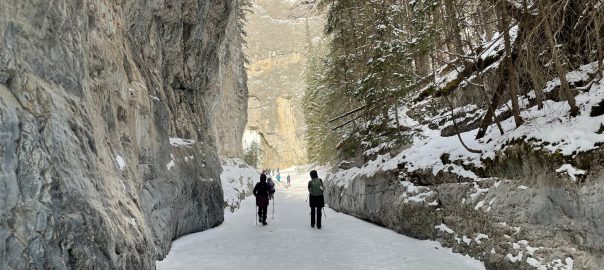
I’m a believer in plowing through a novel’s first draft without pausing to revise along the way. When I start writing a book, reaching ‘the end’ is a daunting prospect. Since reworking existing material is easier than tackling a blank page, it can become an avoidance tactic. It might also be a waste of time if I discover I have to delete or radically rewrite a scene after I know what the whole story is about. ‘Write and revise later’ worked for my first four books. It didn’t for my current novel-in-progress.
My first problem with the process occurred when a scene I wrote fell flat and I felt a need to revise it before moving forward in the story. This happened again a few scenes down the road. In one case, my point of view detective narrator needed a partner for the scene. I threw in a random police officer, but found he added nothing to the story. I went back and made him a ‘she.’ To my surprise, sparks flew between her and my detective, who is at a crossroads in his life. Their romance has become a subplot in the novel and a key aspect of his personal story arc.
I tell myself that modifying my usual approach and following my instinct to jump in and revise comes from having a few novels under my belt; that I now know earlier in the process what a story needs to avoid more complicated revision later. How’s that for self-justification?
Around the manuscript’s 3/4 point, I realized that a number of scenes in the third quarter would work better if they were set in different locations. This time I stuck with my usual approach since most of the other material would remain the same. Instead of revising the scenes, I made an outline for the changes I plan to make. They will move a critical plot point earlier in the story, but I think the outline can deal with this change. Revising the wayward scenes would have benefits, but I really want to finish the first draft this spring.
Then, a few chapters later, a long scene fell completely flat, when the story should be building to a thrilling climax. I puzzled over what to do and decided I’d taken a wrong turn at the 3/4 mark. I had shifted the story focus to a character who is much talked about but hadn’t made a personal appearance in the novel. I assumed that since my main characters cared deeply about him, readers would too. But I think readers only engage with the characters they meet in the literary flesh. This might be one reason they tend to be less interested than the writer in characters’ backstories.
My solution to this problem will be to go back three chapters, to the point where I veered off track. I’ll revise most of the scenes and cut the 2,000 word flat scene. Ouch. But I need to know what happens in these chapters to figure out my characters’ paths to the climax and denouement.
Each novel has its own journey. This work-in-progress has gone in directions I didn’t expect, in terms of character development, subject matter, and writing process. I’ve found it a challenge to adapt, without steering off course.
My turn today on the BWL Blogspot. https://bwlauthors.blogspot.com/ I discuss ‘When Your Novel Takes a Wrong Turn.’

One thing I like about writing short stories is the chance to explore genres and characters different from those of my novels. Last fall I completed my first work of historical fiction, a 4,500-word story set during the 1918 influenza pandemic. A Deadly Flu is also my first short whodunit and my first police procedural. I’ve featured detectives in secondary roles before, but not as story protagonists.
My idea for A Deadly Flu took root almost two years ago, when the COVID-19 pandemic revived my interest in that earlier virus, which was formerly and inaccurately called the Spanish flu. I first heard about the 1918 pandemic on an episode of the 1970s television show, Upstairs Downstairs, when the young wife of the wealthy Bellamy family’s son developed a fever and died the same day.

During the summer of 2020, I read books and articles about the 1918 pandemic and was struck by its relevance a hundred years later. The prime advice in both pandemics was the same: wash your hands, social distance and avoid crowds. The 1918 Pandemic’s second and mostly deadly wave struck my home city of Calgary from October to December 1918. Business, churches and bars closed. People wore masks and lived in fear.

Around this time, I was mulling ideas for my fourth mystery novel, to be set during our current pandemic, and wondered if the 1918 flu might provide a parallel backstory. I developed the idea of a pharmacist who murders her lover by pouring a medicine that mimicked the 1918 flu’s symptoms into his whisky. When he died, the medical profession’s tunnel vision assumed this was another influenza death.
I began writing the backstory as a suspense from the killer’s viewpoint and enjoyed researching Calgary neighbourhoods of the time, along with its streetcar system, fashion, and particulars of the city-wide lockdown. But by the end of the draft, I realized the events that happened over a hundred years ago wouldn’t add enough interest to the contemporary mystery I had in mind. I set the backstory aside and plunged into the current novel.

Nov 11, 1918 – Calgary WWI Victory parade
Then the Crime Writers of Canada put out a call for submissions for its 40th anniversary anthology. Stories had to be set in Canada, feature cold in some way, and be under 5,000 words. I hauled out the backstory and set it during a Calgary cold wave in December 1918, with a detective, rather than a villain, protagonist. A benefit of writing a detective from the early twentieth century is that I didn’t have to know about DNA, data bases, and other modern police gadgetry. Since I only had a short space to establish reader connection with him, I gave him a wound–his wife had died a year earlier in childbirth–and developed a romantic subplot.

I wrote the story, sent it off, and was thrilled last month to learn A Deadly Flu will be included in the Cold Canadian Crime Anthology, to be released this May. Meanwhile I’ve been working on my novel-in-progress. Inspired by my historical detective, for the first time I’m including the viewpoints of two detectives in addition to my insurance adjuster sleuth. I foresee much research into modern police work. One day soon, I’d like to write a historical novel and, perhaps, develop A Deadly Flu into a novella, a genre I haven’t tried. That’s another thing I like about writing short stories—they can be stepping stones to future books.
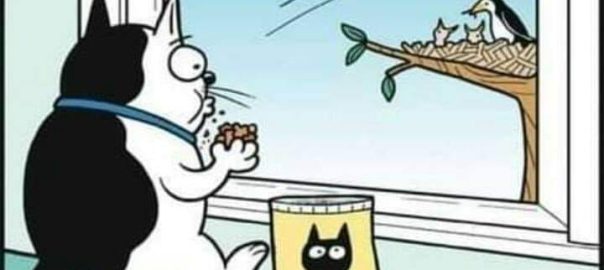
Here’s my latest article in Opal Magazine, about my choices and experience of setting my novel-in-progress during the COVID-19 pandemic. https://opalpublishing.files.wordpress.com/2022/02/mar-owm_2022.pdf?mc_cid=a42af0ac2b&mc_eid=85ed6ddd3f Scroll down to page 29, but don’t forget to read the interesting articles along the way.
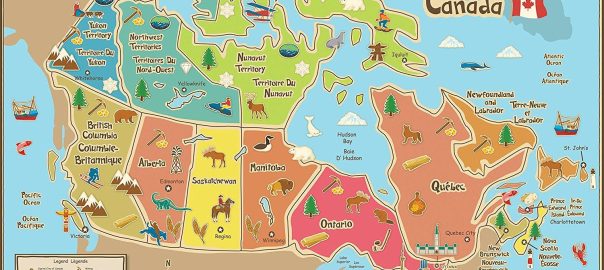
As I promised on today’s Calgary Public Library Zoom presentation, here’s my arbitrary list of novels set in Canada, to get you started. These are books I happened to stumble upon and they tend to reflect my more recent reading. I’m sure I’ve missed a number of great writers that you’ll discover on your own.
Many of the books are in your local library and you can request ones that aren’t. The books are listed by author name. I don’t always specify book titles. Sometimes I’ve read a later book in a series, while you might want to start with book # 1.
Since I’m a westerner, I’ll travel from west to east on this cross-Canada journey.
William Deverell – Legal mystery series written by a former lawyer. Clever and witty writing that portrays the ‘hippie’ character of Salt Spring Island.
Beverley McLachlin – another retired lawyer writing a legal mystery series, this one set in Vancouver. McLachlin, the former Chief Justice of Canada, grew up in Pincher Creek Alberta, and wrote an interesting memoir. I enjoyed Full Disclosure, book # 1 of her mystery series, and look forward to discussing the sequel, Denial, with my book club in February.
J. G. Toews, Lucky Jack Road (book 2 of her mystery series) – set in Nelson, BC, another ‘hippie’ setting I enjoyed, both on the page and in my travels.
Dave Butler, Full Curl, book 1 of environmental mystery series featuring a national park warden who deals with conservation issues. Book 1 is set in Banff National Park, Alberta.
Jayne Barnard, The Falls series set in Bragg Creek, AB
Dwayne Clayden, Brad Coulter police thriller series set in Calgary, AB, written by a former paramedic and police officer.
Alice Biena, Female PI series with lots of Calgary setting.
David Poulsen, Cullen and Cobb series set in Calgary.
Garry Ryan, gay detective series set in Calgary.
Randy McCharles, Peter Galloway series takes us to the Calgary Stampede and northern Alberta.
Candas Jane Dorsey, The Adventures of Isabel, postmodern style, insight into LGBTQ life in Edmonton.
Sharon Butala, Zara’s Dead, fiction based on a 1962 murder that took place in Saskatoon, SK.
Gail Bowen, long-running Joanne Kilbourn series set in Regina, deals with the challenges of a middle-aged woman and her family.
Helen Humphreys, Rabbit Foot Bill, literary mystery based on a 1947 Saskatchewan murder, which raises questions about mental health issues.
Vanessa Farnsworth, The Haweaters, based on an 1877 murder committed by the author’s ancestor. A good look at pioneer life on Manitoulin Island.
Giles Blunt, police detective series set in northern Ontario.
R. J. Harlick, Ottawa region series deals with indigenous issues. One book in the series is set in the Northwest Territories.
Randall Denley, Payback, book # 2 of a series: well-crafted whodunnit set in the Ottawa Valley.
Maureen Jennings, November Rain, book # 2 of a historical mystery series set in Toronto by the author of Murdoch Mysteries, which became a hit television show.
Katrina Onstad, Stay Where I Can See You, not a traditional mystery novel, but beautifully written and crafted with insight into domestic abuse and class conflicts in contemporary Toronto. Winner of the 2021 Crime Writers of Canada Award for Best Novel Set in Canada.
E.R. Yatscoff, firefighter series set in Niagara Peninsula, written by a former firefighter.
Louise Penny, popular Inspector Gamache series mostly set in Three Pines, a fictional village outside of Montreal, and featuring an interesting and sometimes quirky cast of recurring characters. A dark take on the British cozy.
Joan Hall Hovey, And Then He Was Gone, suspense with paranormal aspects, set in New Brunswick.
Kevin Major, One for the Rock, Two for the Tablelands… This series could go to infinity. Dry humour and great Newfoundland setting.
Mike Martin, A Perfect Storm, Book # 9 of a series featuring an RCMP officer living in rural Newfoundland. I enjoyed the book without having read the previous eight in the series.

Clearly, there are many more Canadian stories, including novels by authors I’ve heard about but haven’t yet read. Time for me to remedy this!